Hello again!
Between lessons, work cycles, celebrations and additional activities, we’ve got plenty to share since the last post. Now that our students are all comfortable and settled in at the Primary Studio, they are exploring new activities as they find material to be enjoyable and challenging. It’s been a joy to see them reaching out and asking to participate, especially in caring for the environment and helping others. Many are realizing that by showing respect and responsibility, more lessons on new materials are offered. Students are also kindly reminding each other to care for our material properly and to clean up after ourselves. As we focus on being a team, our environment stays peaceful, safe, and productive.
Examples of Caring for the Environment

During work cycle, children take turns preparing their own snack. After they have eaten, they care for their environment by wiping down the table and washing their own dishes.

Students continue to help fold laundry including napkins for lunch time and wash cloths for cleaning spills.
Lessons
Jackie and I continue to teach small group lessons several times a week. Children are also receiving individual lessons during work cycle. Some lessons that we have recently presented include new practical life material, math works involving quantities of one through ten, language material to practice beginning letter sounds and vocabulary, environmental lessons on recycling, and art activities involving painting.
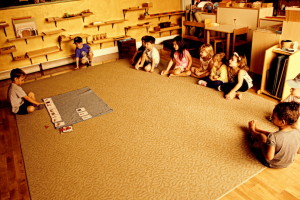
Whenever we get a chance, we invite an older student to present a lesson on a work that they have already mastered to a small group of peers.
Story Telling
We love reading to our students, but we also encourage them to practice telling stories in their own ways. While kids are always encouraged to “read” books on their own, we also invite them to make up their own stories through various material offered throughout the year. They are taught to act out stories with props or to sequence their own stories using imagery, all great learning activities where kids are encouraged to practice vocabulary and to express emotions through the characters.
One of our favorite ways to tell a story is to offer props in a basket that go along with a storybook. Teacher confession: I’ve been hoarding a box of random objects and figurines in a closet for years for this very reason! I have been trying to gather enough material for a number of storybook favorites, and recently, I was excited to finally come across a set of squirrels for this adorable book that the kids just love called “I love My Daddy,” by David Bredford and Brenna Vaughan. During work cycle, students are welcome to use this basket of props to act out the story while following along in the book. This makes for a great team spirited activity as kids take turns playing characters in the story. 

Recognizing a Child’s Readiness
Readiness is a term we use often in the Montessori Method as we are constantly observing children to see what subject areas they are ready to explore. A child’s interest in an activity is a strong indicator of readiness. Students show readiness for the next challenge when we find them completely focused on a work. In these moments, they might appear calm and determined, taking no notice of the busy bodies around them that might otherwise cause a distraction if a child is not challenged. We can clearly see that they are showing progress in problem solving skills as they self correct. These observations open the doors to great opportunities as we can introduce similar materials to offer more of a challenge. Jackie and I are in the process of observing and taking note of each child’s path of development, and we look forward to sharing our observations with you later in the year.

Example of Readiness: We have observed two of our older students having strong fine motor skills as they take interest in carefully writing letters. This is a sign that they are developmentally ready to explore word building exercises.
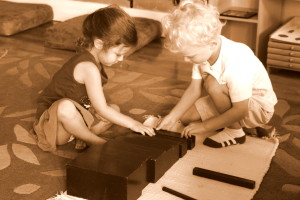
When we observe that a child is finding a sense of order, for example, by grading the “brown stairs” from largest to smallest, they may be ready to explore more dimensions and extensions of materials.
Transitions
We have several transitions throughout the day that require patience as students wait for the “next thing,” which might be a work cycle, outdoor play time, or an end-of-the-day circle time. During this time, we might offer books, games, building blocks, an educational video, or coloring activities as children wait for their peers to join them.
Our longest transition is clean-up time, which happens after lunch. Each child has many steps to follow with cleaning up after they have eaten, and the pace is different for everyone. Students are not all excused at once so that we are able to focus on a few at a time to guide them in the right direction. Now, for the order of steps that each child is walking through for clean-up: (1) they raise a hand to ask a teacher if they may be excused, (2) once excused, they stand up and push their chairs under the table, (3) place any large amounts of uneaten food back in containers, (4) walk their plates over to the garbage and shake small bits of food off of their plates, (5) place their plates into a dirty dish bin, (6) return to the table to pick up their water cups and place them in another bin, (7) return back to their table to close containers and place them into their lunch boxes, (8) take their table mats to a pile on another table, (9) put on their shoes/coats (as the end of the day is nearing) and (10) finally, they gather their belongings and head over to a transition activity. And yes, every child in this classroom follows through each of these steps responsibly with little or no guidance! By the time everyone is finished cleaning up their lunch area, we offer about 5-10 minutes for the last few to join in on the activity before our closing circle time. Below, you will see some images of a recent transition activity.

This example of a transition activity was all about expressions. The activity sheet asked the question, how do certain objects or events make us feel? Students shared mirrors to look into as they drew their expressions on blank faces.
Celebrations
Jackie has begun reaching out to parents to schedule a “Celebration of Life.” If you are new to this Montessori term or need a refresher, read more here or read it later, located under the “Extra Extra” drop down bar.
So far, we have had one celebration for Devereux, who recently turned 4! It was a special day as his parents joined our morning circle time to share stories about Devereux’s life as an infant up to his current age.
Work Cycles
Now, for your favorite part– more photos of your beautiful kids during work cycles! Enjoy!



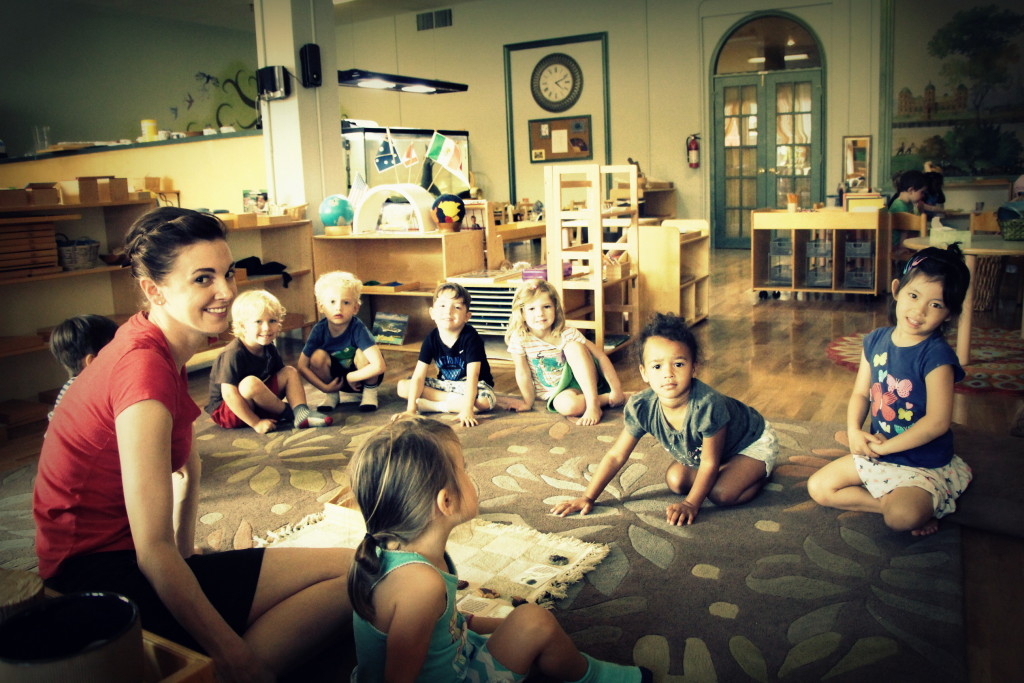


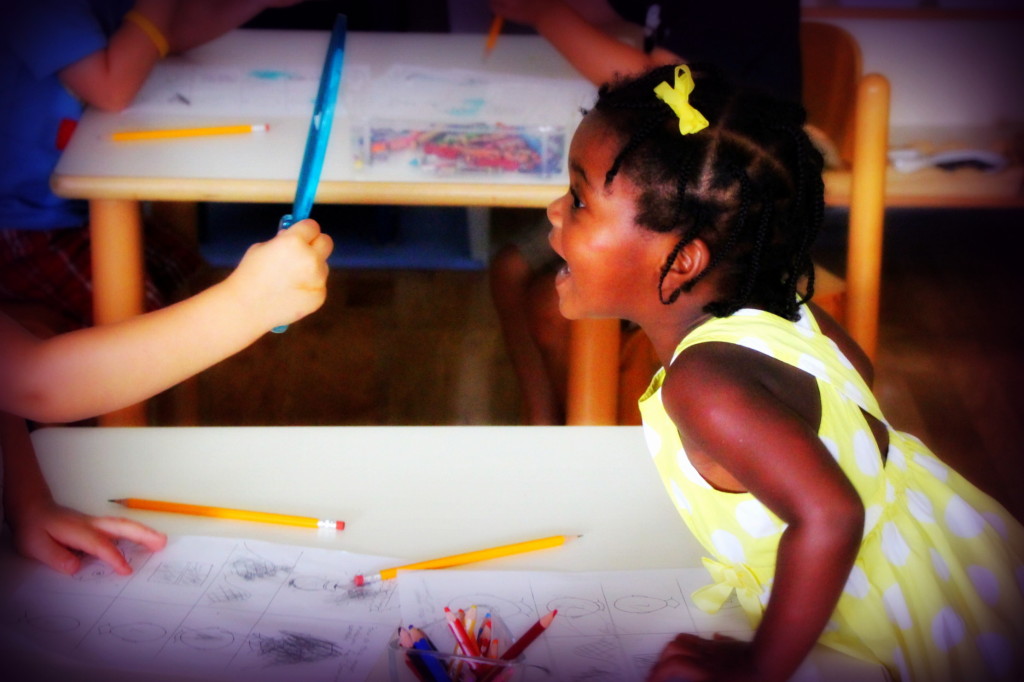


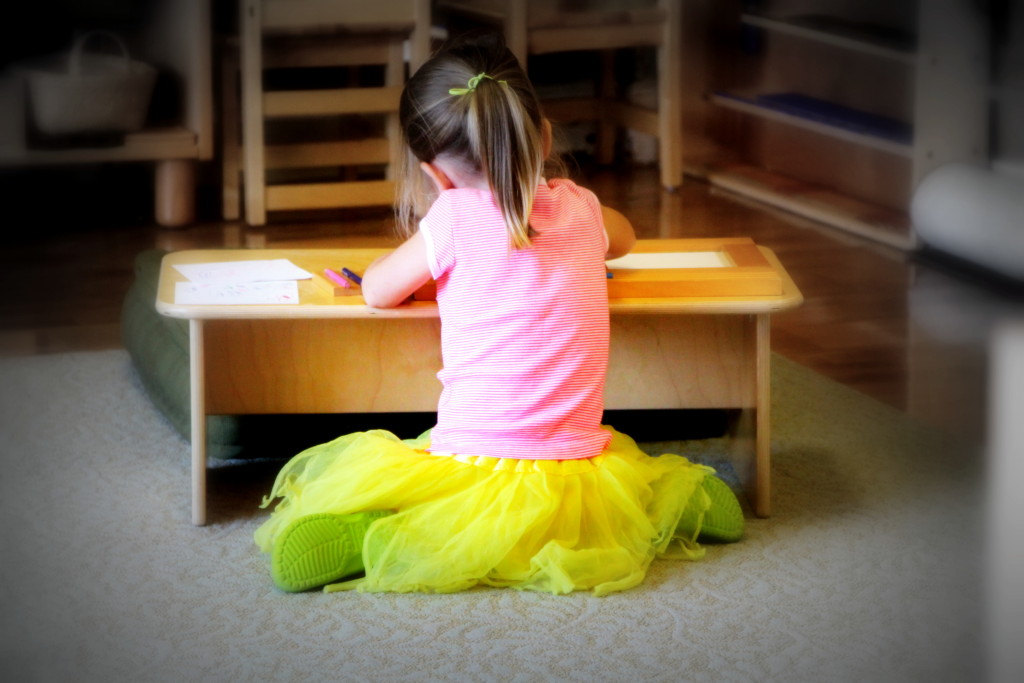




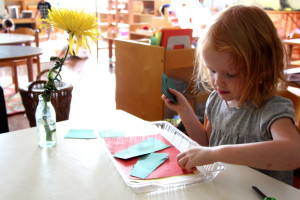











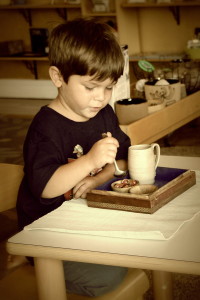




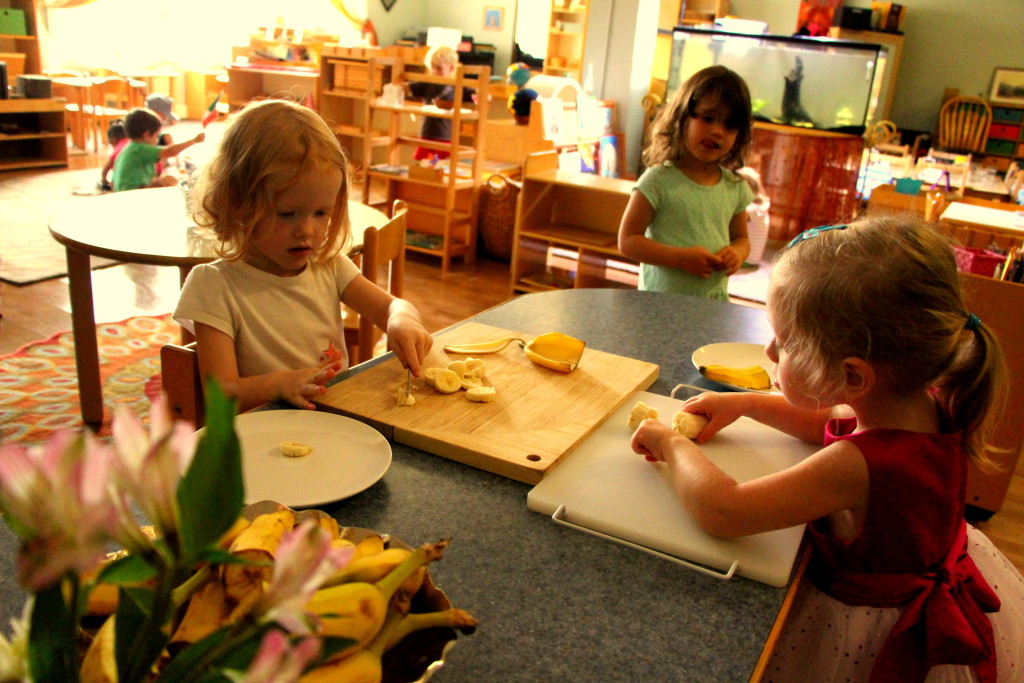
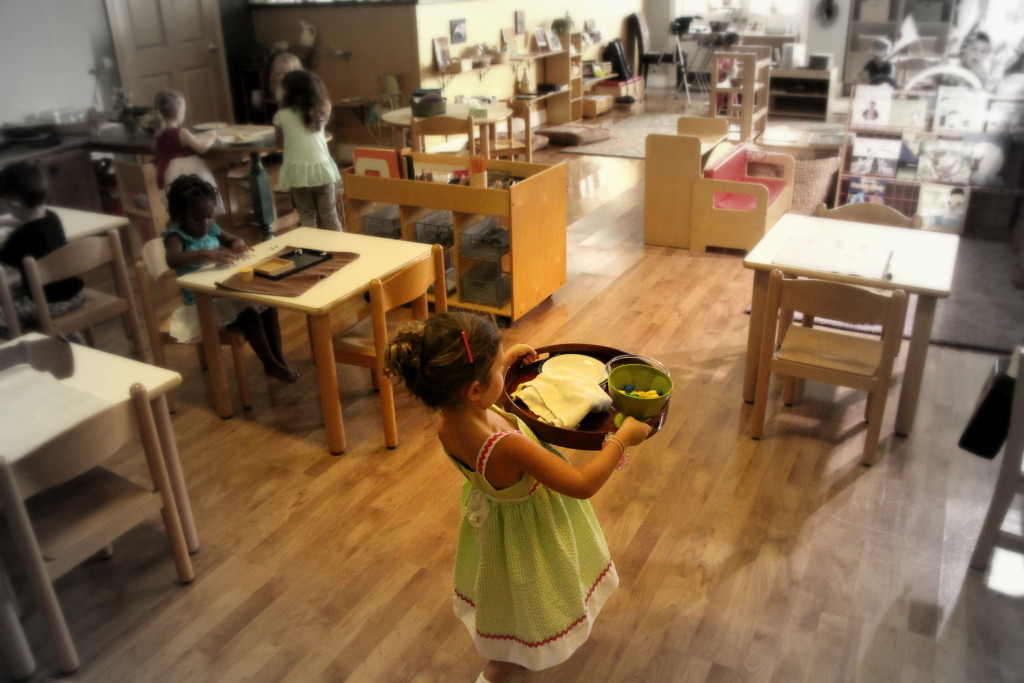





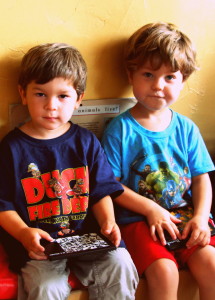
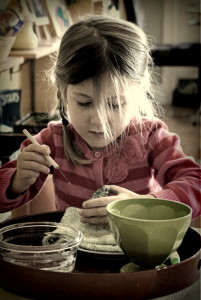



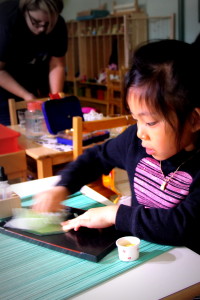
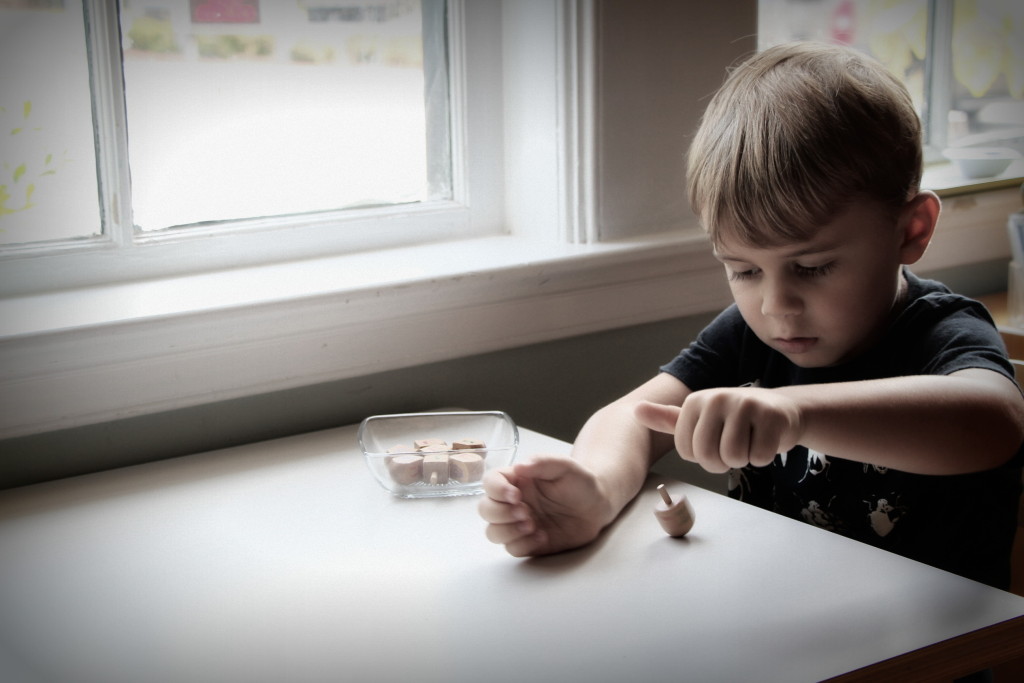
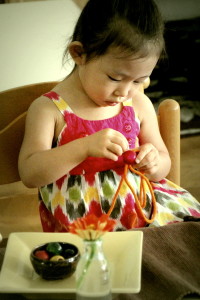



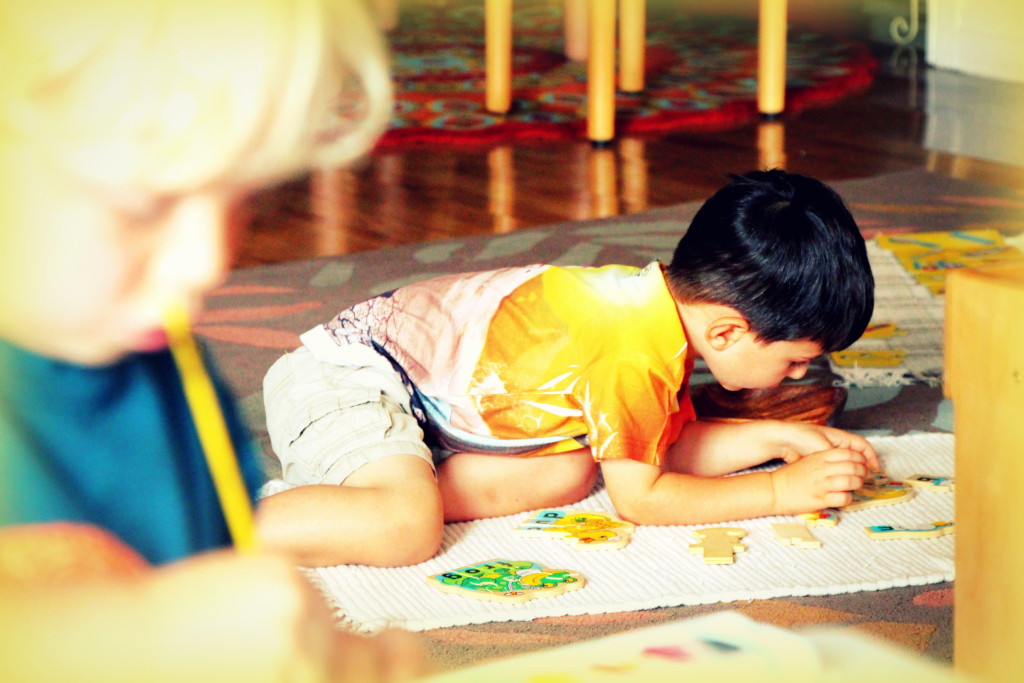











Yay! Thanks for sharing, Angelique and Jackie. It’s so wonderful to see what they’re up to. Can’t wait to see the next one!
You’re welcome! I’m looking forward to the next one, too!!
Agreed! I love the pictures and the newsletter about what’s going on in class. Y’all are so terrific. Thanks for all you do to curate such a beautiful space for learning.
Thanks, Emilie! Glad you feel so good about our environment!
These are all so wonderful – thank you! Our whole family loves these updates and gorgeous photos.
Yay! Glad to hear you’re sharing the photos with the family!
Ditto everything said above. I love these posts and the pictures of the children make me so happy. You both create such an incredible learning environment.
Awe, thanks, Emily! That means a lot!